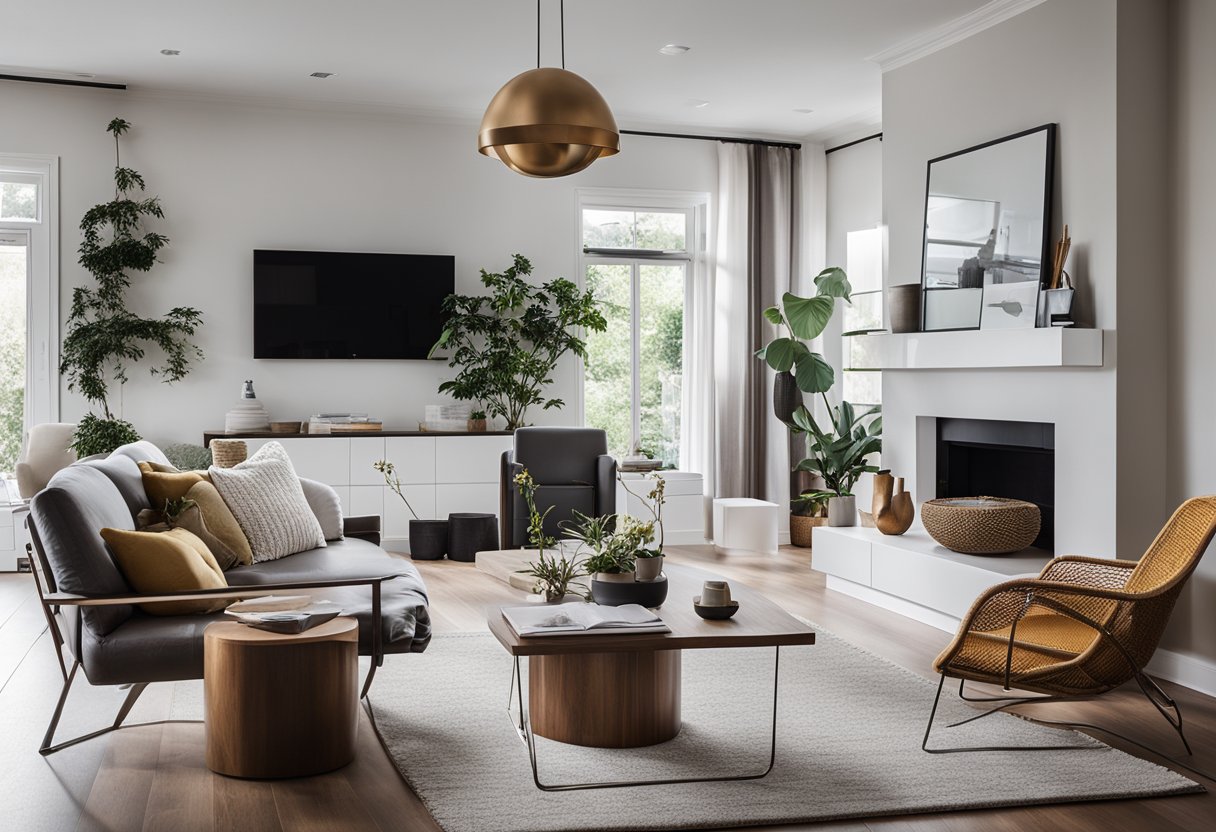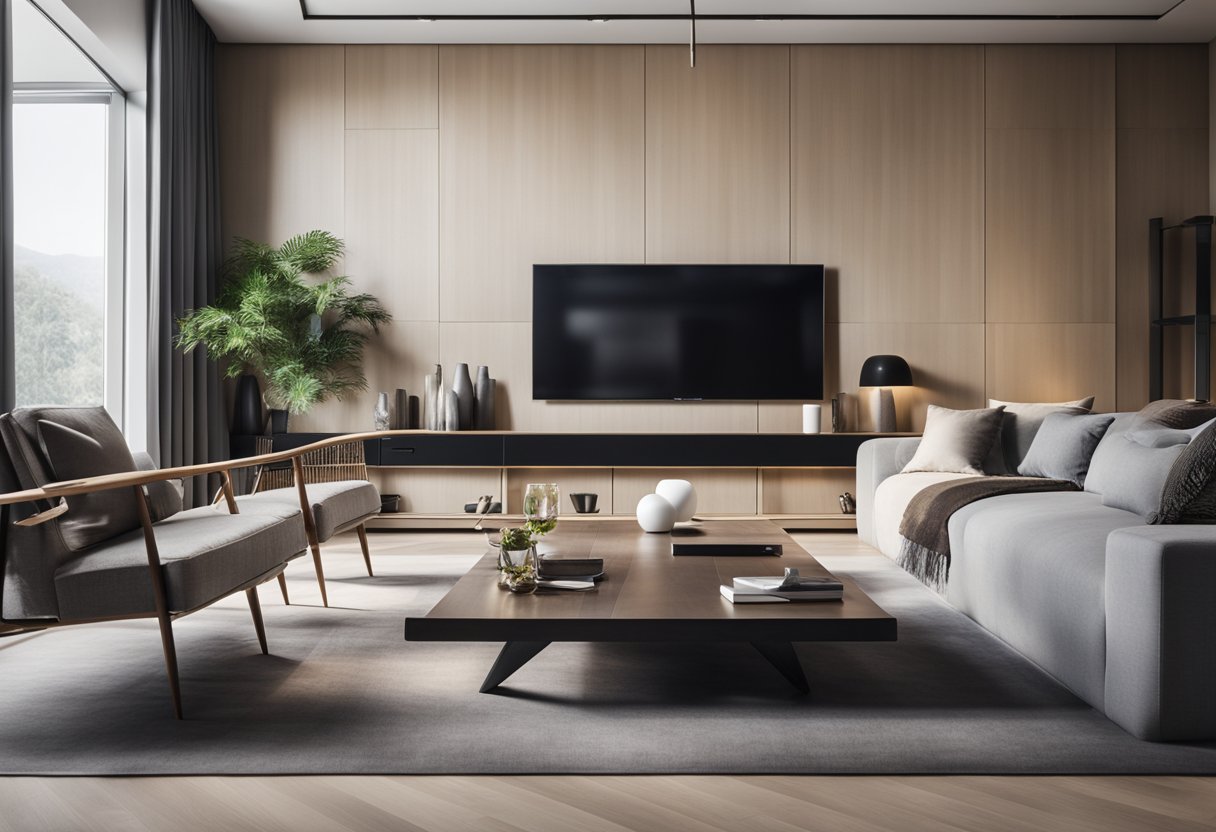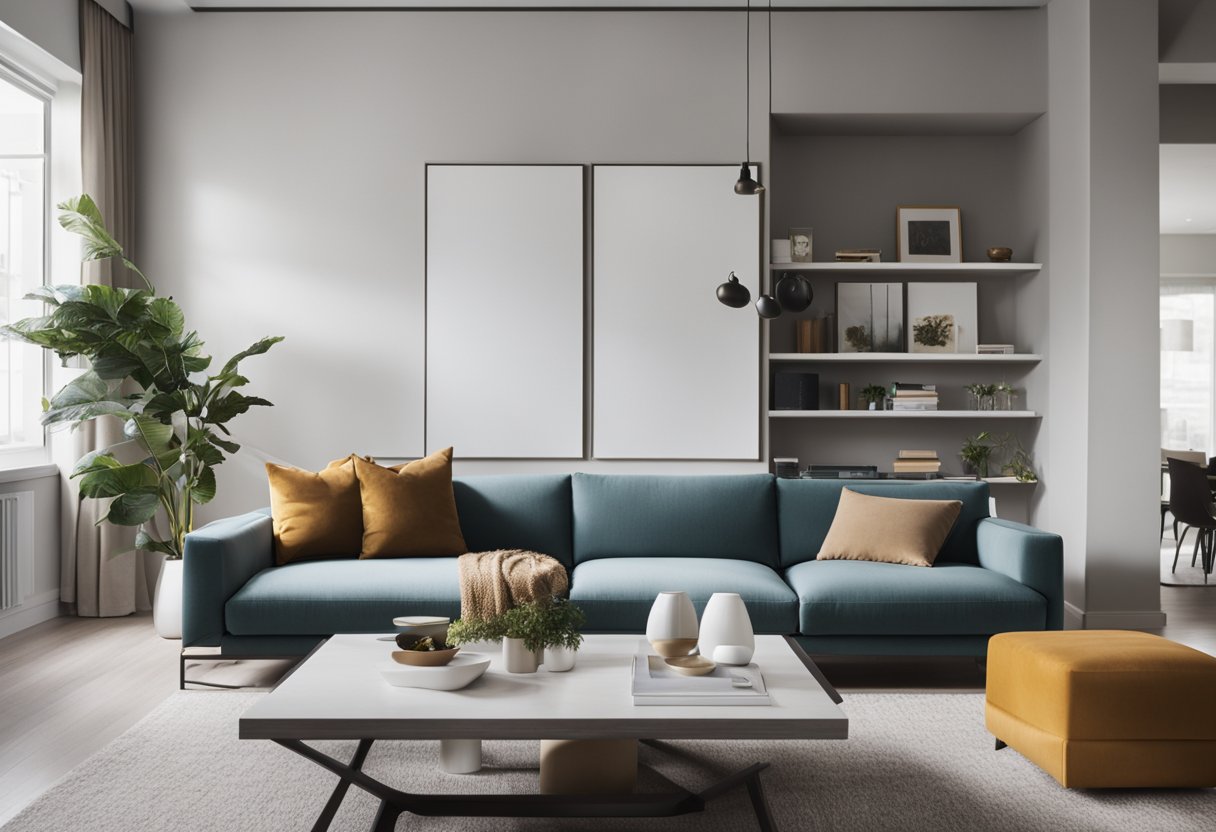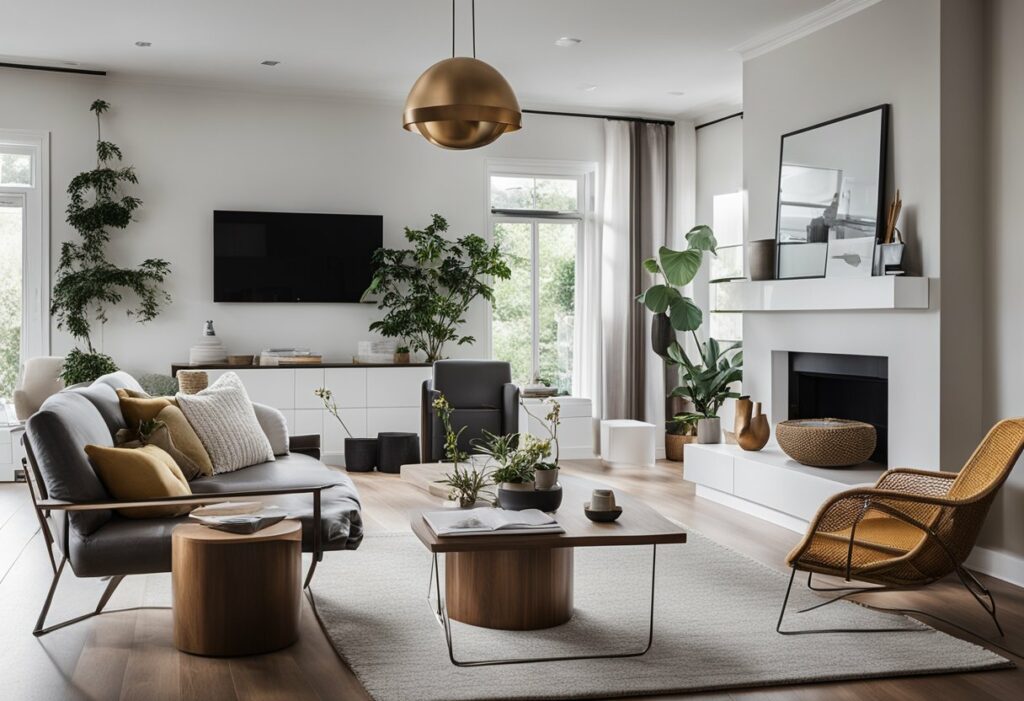Interior Design Portfolio Cover Page: Creating a Stunning First Impression
If you’re an interior designer looking to showcase your work and attract new clients, a well-designed portfolio is essential. Your portfolio is your chance to demonstrate your skills and showcase your unique style. The cover page of your portfolio is the first thing potential clients will see, so it’s important to make a good first impression.

Creating a strong cover page for your interior design portfolio is a crucial first step in presenting your work to potential clients. Your cover page should be eye-catching and professional, and should give the viewer an idea of what to expect from your portfolio. Whether you choose a minimalist design or something more elaborate, your cover page should reflect your personal style and the type of work you do.
When it comes to creating your interior design portfolio cover page, there are a few key elements to keep in mind. Your cover page should include your name, contact information, and a brief summary of your experience and qualifications. You may also want to include a professional headshot or a photo of one of your completed projects. By including these essential elements on your cover page, you can help potential clients get a sense of who you are and what you have to offer.
Key Takeaways
- A well-designed portfolio cover page is essential for interior designers to showcase their work and attract new clients.
- Your cover page should be eye-catching, professional, and reflect your personal style.
- Include your name, contact information, and a brief summary of your experience and qualifications on your cover page.
Creating Your Cover Page

When it comes to creating your interior design portfolio cover page, there are a few key factors to consider. Not only do you want your cover page to be eye-catching and stand out from the rest, but you also want it to accurately represent your personal brand and showcase your design skills. In this section, we’ll explore some tips and tricks for creating a cover page that does just that.
Choosing the Right Format and Style
The first step in creating your cover page is choosing the right format and style. You want to choose a format that is customizable and allows you to showcase your design skills. Some popular formats for cover pages include A4 documents and photography portfolios. You should also consider the style of your cover page, whether you want a minimalist design or something more vibrant and dynamic. Whatever format and style you choose, make sure it accurately represents your personal brand and design aesthetic.
Incorporating Key Elements
Once you have chosen your format and style, it’s time to start incorporating key elements into your cover page. This includes high-quality images and photographs that showcase your design skills and give potential clients an idea of your style. You should also consider incorporating graphic design elements such as custom fonts or a colour scheme that accurately represents your personal brand. Additionally, you may want to include a brief introduction or tagline that highlights your design philosophy and what sets you apart from other interior designers.
Showcasing Your Personal Brand
Finally, your cover page should accurately represent your personal brand and showcase your design skills. This means choosing a theme that accurately represents your design aesthetic and incorporating elements that highlight your unique style. You should also ensure that your cover page is customizable so that you can easily update it as your design skills evolve and change over time.
Overall, creating an interior design portfolio cover page is an exciting opportunity to showcase your design skills and personal brand. By choosing the right format and style, incorporating key elements, and showcasing your personal brand, you can create a cover page that accurately represents your design aesthetic and sets you apart from other interior designers.
Essential Content for Your Portfolio

Your interior design portfolio cover page is the first thing potential clients and employers will see. It is important to make a great first impression. Your portfolio should showcase your best work, detail your design process, and communicate effectively with potential clients and employers.
Presenting Your Best Work
Your portfolio should highlight your most impressive projects. Include finished interiors, sketches, mood boards, floor plans, 3D renderings, and any other relevant materials that show off your skills. Use high-quality images and organise your projects in a way that is visually appealing and easy to navigate.
Detailing Your Design Process
Your portfolio should also detail your design process. This can include sketches, mood boards, and floor plans that show how you arrived at the finished product. Use this section to give potential clients and employers a glimpse into your creative process and problem-solving abilities.
Communicating with Potential Clients and Employers
Your portfolio should also include contact information, so potential clients and employers can easily get in touch with you. Consider including a contact form that allows potential clients to send you a message directly from your portfolio. You may also want to include testimonials from past clients or employers to show the quality of your work and your ability to work well with others.
In conclusion, your interior design portfolio cover page is an essential tool for showcasing your skills and attracting potential clients and employers. By including the right content, such as your best work, your design process, and your contact information, you can create a portfolio that is both visually appealing and effective at communicating your abilities.
Frequently Asked Questions

What dazzling elements can one include on a portfolio cover page to make it pop?
A portfolio cover page is the first thing a potential client or employer will see. Therefore, it’s essential to make it stand out. You can include a high-quality image of your best work, a unique typography style, or a colour scheme that reflects your design style. By incorporating these elements, you can create a cover page that is both eye-catching and memorable.
How can a student craft a portfolio cover page that reflects their budding design journey?
As a student, you may not have a lot of completed projects to showcase. However, you can still create a cover page that reflects your design journey. Consider including sketches, mood boards, or any other design-related material that showcases your creative process. This will give potential clients and employers an insight into your design thinking and your potential as a designer.
What are the essentials to feature in an interior design portfolio for a striking impression?
An interior design portfolio should showcase your best work, including a variety of projects that highlight your design skills. You should also include a brief bio that outlines your education, experience, and areas of focus. Additionally, make sure your portfolio is well-organized and easy to navigate. Potential clients and employers should be able to find the information they need quickly and easily.
Could you suggest creative handmade portfolio cover page ideas that capture the essence of interior design?
Handmade portfolio cover pages can be a unique and creative way to showcase your design skills. Consider using materials such as fabric, wood, or metal to create a tactile cover page that reflects your design style. You could also incorporate elements such as plants, paint, or other materials to add texture and depth to your cover page.
In what ways can an aspiring designer develop an interior design portfolio without any prior experience?
If you’re an aspiring designer without any prior experience, you can still develop an impressive interior design portfolio. Consider taking on small projects for friends or family members to gain experience and build your portfolio. You can also create design concepts for fictional spaces or redesign existing spaces to showcase your design skills.
Where might one find captivating templates for an interior design portfolio cover page that are free to download?
There are many websites that offer free templates for an interior design portfolio cover page. Archifolio’s Agora template is a popular choice, as it is simple yet effective. Pixpa also offers a variety of templates that are both professional and visually appealing. You can also find templates on Canva, which is a free graphic design platform that offers a variety of templates for different design needs.



